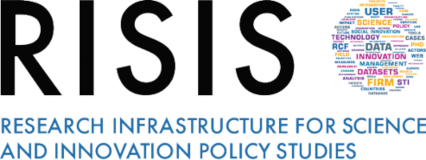The 26th RISIS Research Seminar took place on 19th April from 12.30 to 2.00 pm (CET) and focused on a paper by Patrick Painsi, University of Graz. Tatiana Fumasoli, UCL Centre for Higher Education Studies, University College London, was involved as discussant.
The paper aims to evaluate the effect of various forms of institutional autonomy on higher education (HE) institutions’ success at three primary mission objectives of HE institutions (graduates, research, knowledge exchange).
The central research question is whether increasing institutional autonomy leads to higher success of HE institutions in fulfilling their missions. The literature around institutional autonomy suggests a mostly positive effect, but also invokes some arguments to contrary effects.
Design / Method: The paper uses multiple sets of OLS regression models, including multi-level hierarchical models, combining data from four sources for European HE institutions for the years 2011 and 2016 for secondary analysis. The four sources include the EUA Scorecard on HEI autonomy on country level, the ETER database for institution-level data about age, size and content orientation of HE institutions, additional macro-economic parameters on country level sourced from EUROSTAT and Centre for Science & Technology Studies of Leiden University (CWTS) data was used to as an indicator for the second HE institutional mission. The regression models are used to estimate the effect of HE institutional autonomy on its success in fulfilling its missions.
Findings: Results indicate a good fit of a two-level modelling solution for the given data. The effects of increasing HE institutional autonomy on the mission objectives appear mostly minor and, in some cases, negative and therefore contrary to many statements in the literature.
Originality: Quantitative evaluation approach for HE institutions in 15 European countries. Usage of the EUA Autonomy Scorecard as a multidimensional evaluation tool, combined with data from three other sources (ETER, EUROSTAT, CWTS) on HE institution level as well as on country level. Estimating effects on three different mission objectives of HE institutions.
Keywords: HE institutions, HEI, universities, higher education, autonomy, three missions, education, research, third-party funding, multilevel regression, hierarchical model, new public management
JEL Classification: C31, H41, H83, I23, I28, O57






